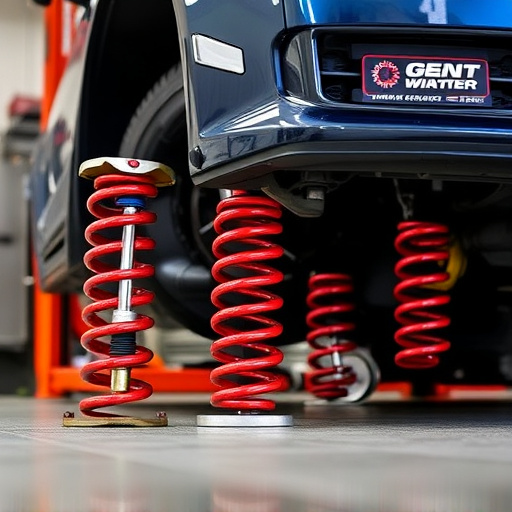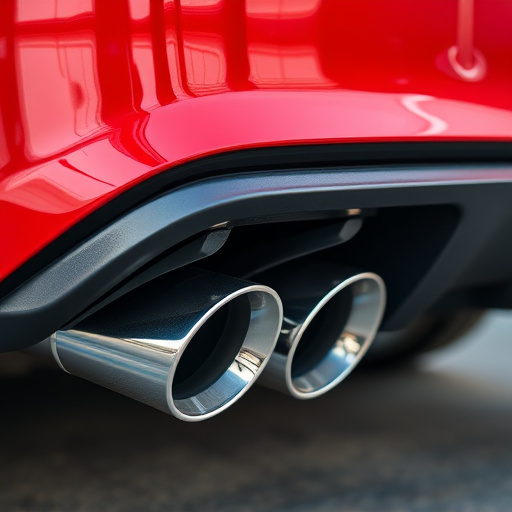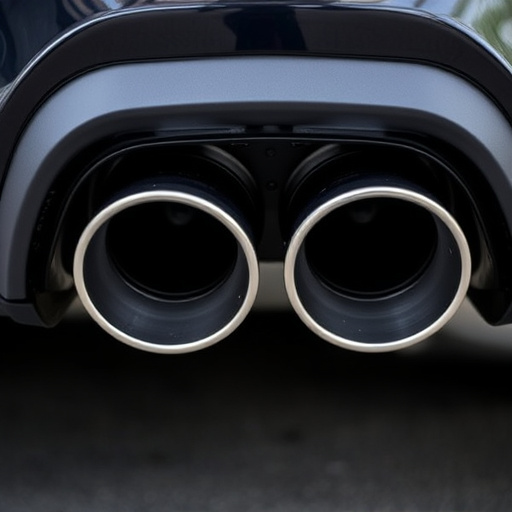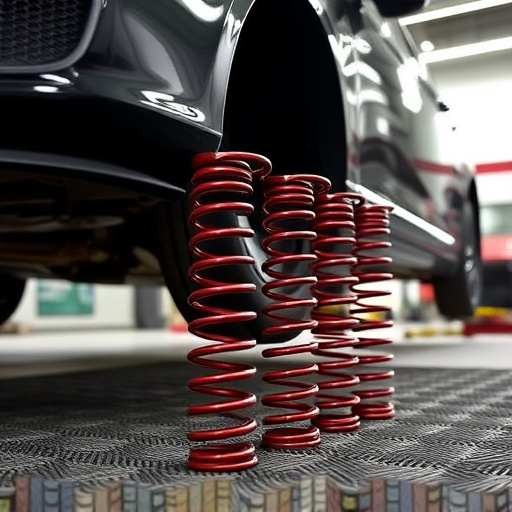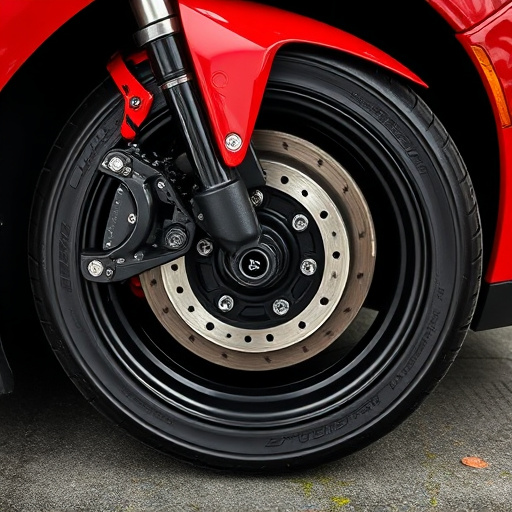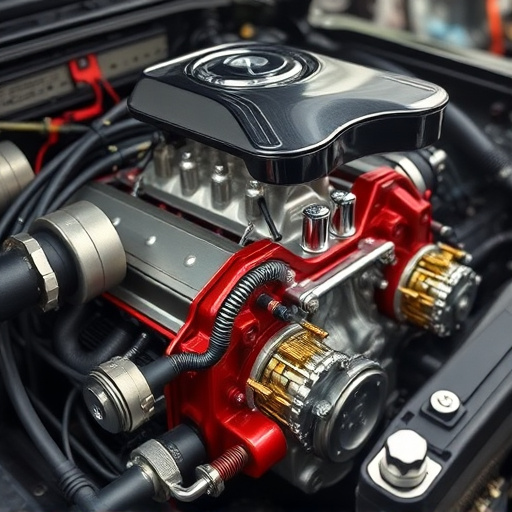The car suspension system, comprising springs, shocks, struts, control arms, and bushings, ensures smooth rides, enhances handling, and boosts safety. Regular inspection and maintenance prevent costly repairs by identifying wear, damage, or misalignment. Use proper tools and consult the vehicle manual for safe lifting. Assess control arms, ball joints, shocks, and struts for issues, especially with modified intake/exhaust systems, to maintain optimal performance and safety.
“Uncover the intricacies of your vehicle’s foundation with a comprehensive inspection of its car suspension system. This essential guide equips you with the knowledge and tools to navigate through the complex network of components that ensure a smooth ride. From shock absorbers to control arms, each element plays a vital role in handling and stability.
Learn the safety precautions, gather the necessary tools, and follow our step-by-step instructions for a thorough inspection, enabling you to maintain optimal vehicle performance.”
- Understanding Your Car's Suspension System: Components and Functions
- Tools and Safety Precautions for a Thorough Inspection
- Step-by-Step Guide to Inspecting Each Suspension Component
Understanding Your Car's Suspension System: Components and Functions
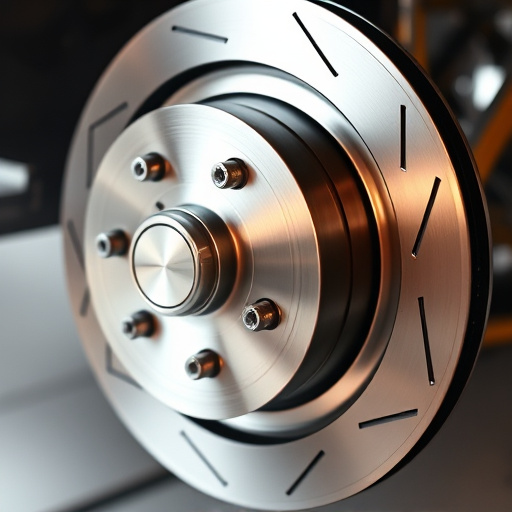
Your car’s suspension system is a complex network designed to ensure a smooth and controlled ride while enhancing vehicle handling and safety. At its core, it consists of several key suspension components that work in harmony to achieve this. Springs, shocks, struts, control arms, and bushings are all vital elements that contribute to the overall performance of your car’s car suspension system. Each component plays a specific role in supporting the vehicle’s weight, absorbing road impacts, and maintaining proper tire contact with the ground.
Understanding how these suspension components interact is crucial for effective inspection and maintenance. Springs, for instance, store energy to smooth out bumps, while shocks absorb that energy, preventing excessive bounce. Struts, often integrated with springs, provide structural support and help maintain vehicle height. Regularly checking these parts for wear, damage, or misalignment can prevent costly repairs and ensure your car remains stable and secure on the road, even when navigating challenging terrain or dealing with less-than-ideal air intake systems and exhaust tips.
Tools and Safety Precautions for a Thorough Inspection
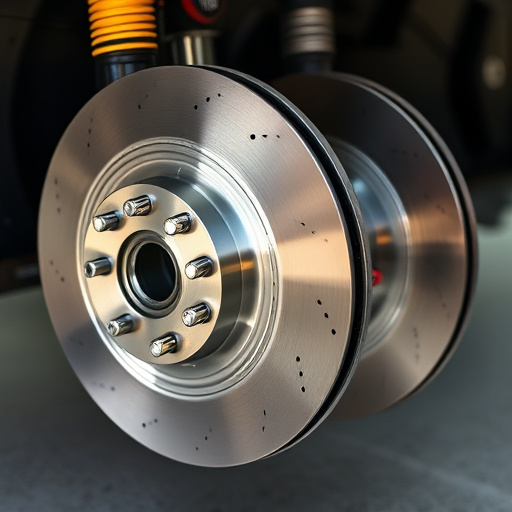
Before beginning your inspection, gather essential tools to ensure a thorough evaluation. A jack, jack stands, a torque wrench, and a set of socket sets are fundamental for safe and accurate assessment. Proper safety precautions are paramount; always refer to your vehicle’s manual for specific instructions on lifting procedures and recommended tools. Securely lifting your car with a jack and placing it on sturdy jack stands provides the necessary access to examine each component of the car suspension system.
Additionally, consider having a buddy assist in the process, especially when checking components like shocks, struts, and coilover kits, as they require careful manipulation. Remember, a well-maintained air intake system and high-performance parts rely on regular checks and proper tools to ensure optimal performance and safety during driving.
Step-by-Step Guide to Inspecting Each Suspension Component
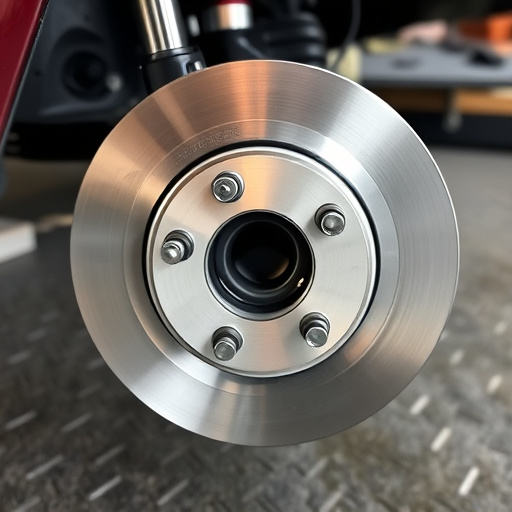
Start by examining the control arms for any signs of wear, cracks, or damage. These components connect the wheels to the chassis and play a crucial role in maintaining proper tire alignment. Next, check the ball joints, which allow for smooth rotation of the wheels. Look for excessive play or wear, indicating potential issues with steering and stability.
Proceed to inspect the shock absorbers and struts. These suspension components are vital for dampening road vibrations and ensuring a smooth ride. Check for leaks, corrosion, or damage. If you notice any, it might signal the need for replacement, especially if your car’s handling and comfort have deteriorated. Remember, a well-maintained car suspension system, including these parts, significantly contributes to overall vehicle safety and performance, complementing even top-notch exhaust systems like cat back exhausts and high-quality exhaust mufflers.
Thoroughly inspecting your car’s suspension system is essential for maintaining optimal vehicle performance and safety. By understanding the components that make up this critical system and utilizing the right tools, you can identify potential issues early on. Regular checks of each part, from shock absorbers to ball joints, will ensure a smooth ride and help prevent costly repairs down the line. Remember, a well-maintained suspension system is key to both driving comfort and road safety.









